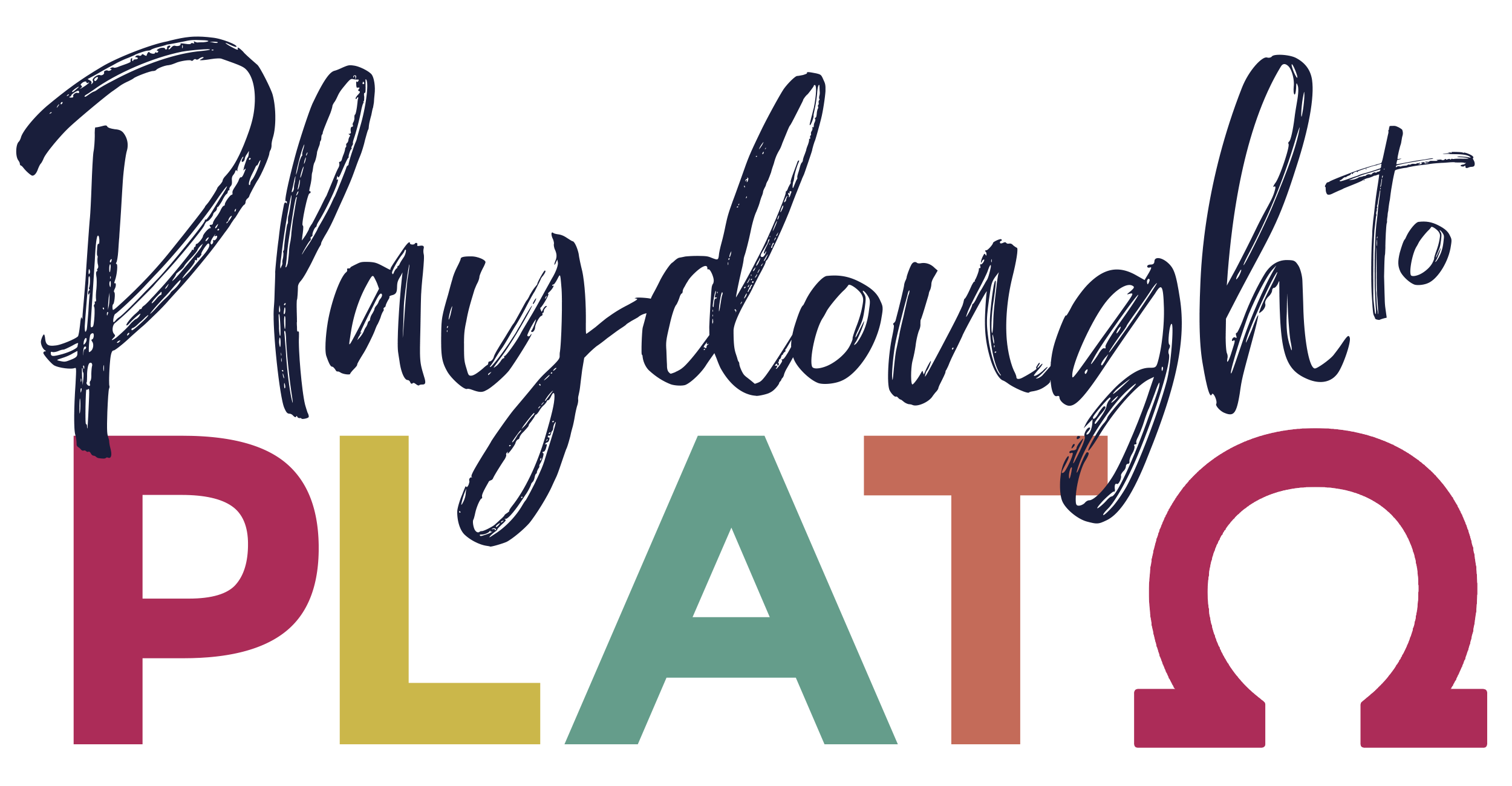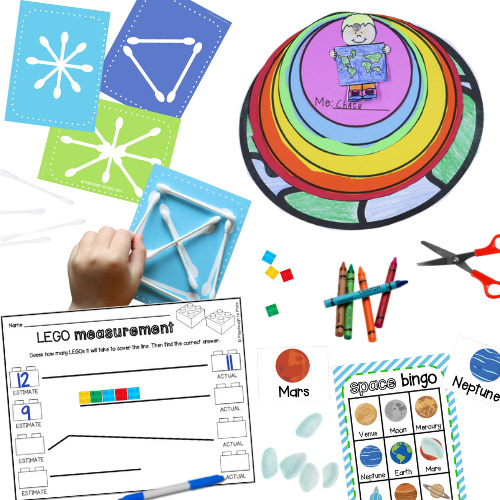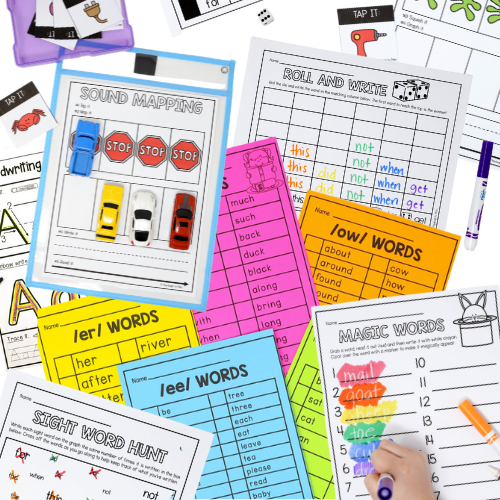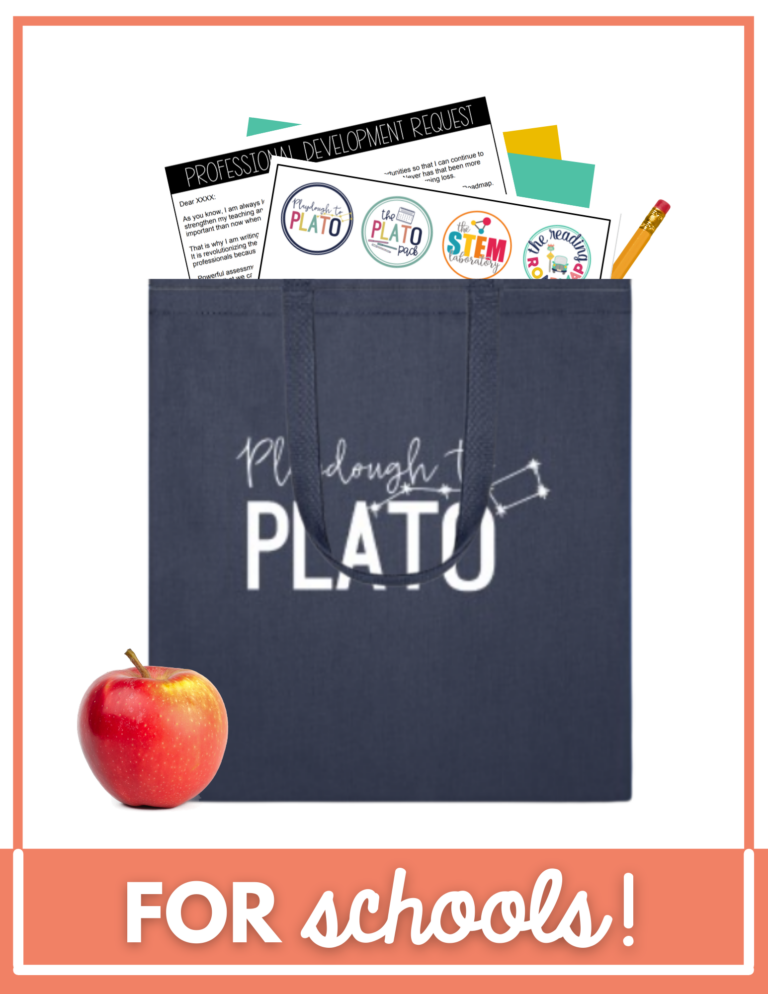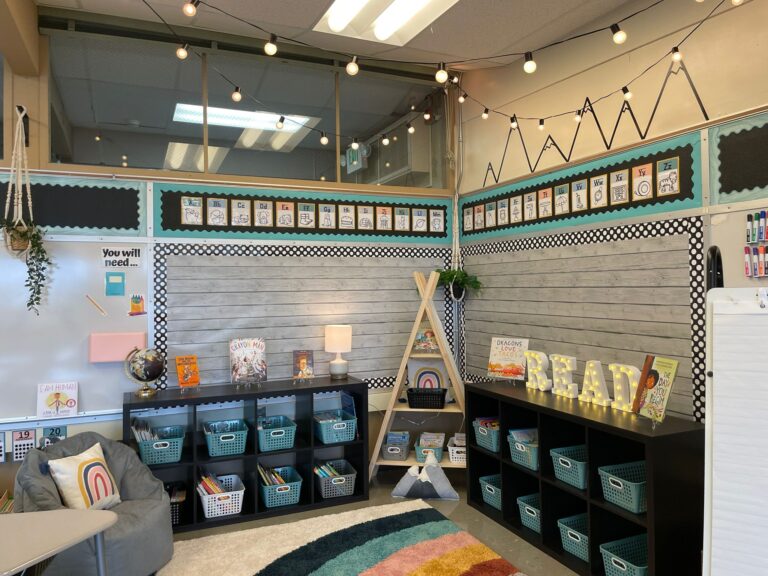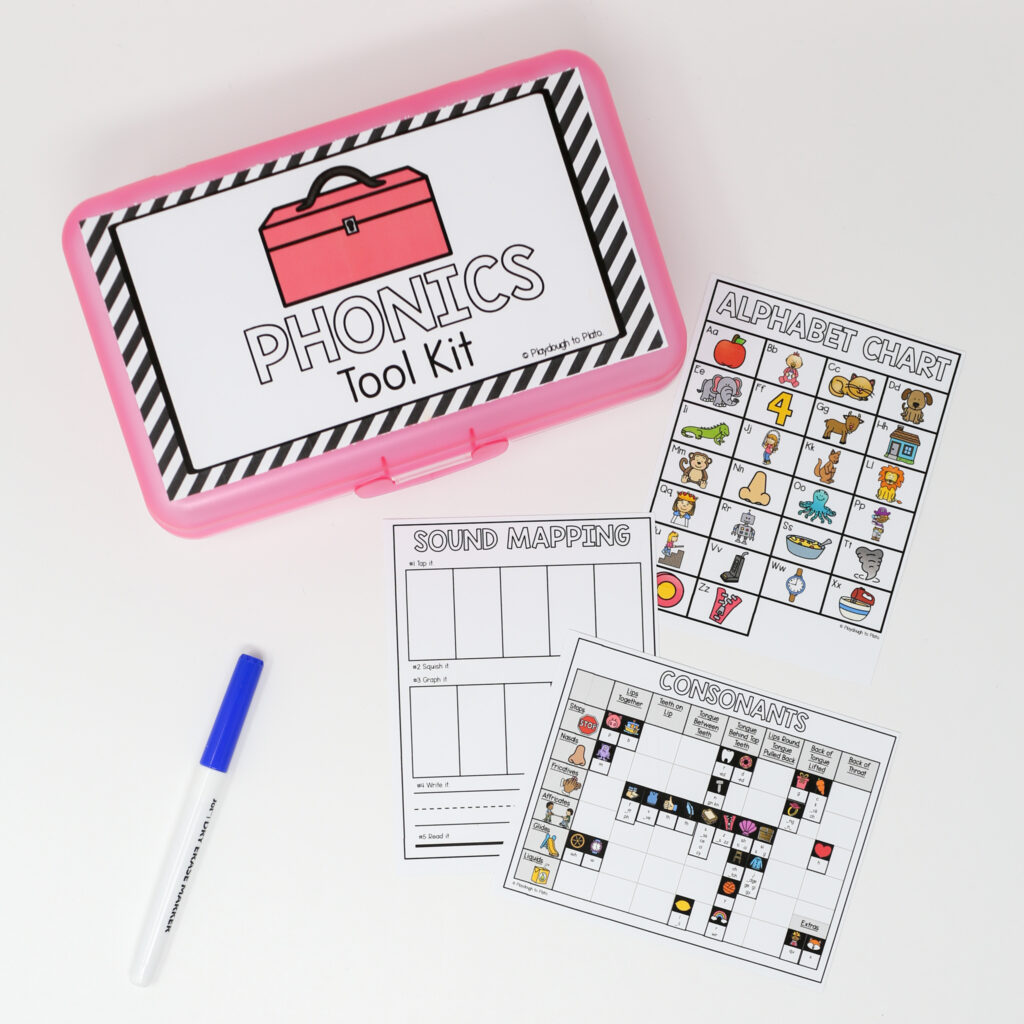
So you’re interested in teaching first grade? Good for you! It’s a crucial time to help students build a strong foundation that will help prepare them for their future academic and career endeavors. Beyond a strong dedication to each student’s success, here are some soft skills and practical matters that you’ll need to consider.
For many students, first grade will be the longest they will have to be under supervision with other children, and you’ll need to have a lot of patience when teaching first grade in order to be tuned into their concerns, squabbles and fears. You’ll need to be a referee and a cheerleader in addition to being an educator. As a first grade teacher, you’ll need to be flexible and spontaneous when it’s called for. You’ll also have to be caring but ready to be firm.
On a practical side as a first grade teacher, you’ll have to keep them engaged so that will mean creating different areas in the classroom for different activities, ensuring all your needed supplies are stored and available as needed, and planning special projects and field trips geared to first graders that maximize learning and build community. You’ll establish some routines so they will know what to expect each day in your first grade classroom, but not be afraid to vary from it if the need arises, like teaching a lesson outside for a change if it’s a beautiful day.
You’ll also have to understand the special concerns of first graders’ parents and find the best ways to communicate with them. Depending on where your school is located, some students may have extra challenges in terms of housing, food security, supplies, clothing and more.
It will be important to realize that at that age they are not little adults. Things that seem small to us can have big impacts in their lives, and you’ll have to be sensitive to them. Students in first grade (and every grade) will have varying degrees of self confidence and self esteem, as well as levels of readiness. You’ll have to meet each of your first grade students where they’re at and do what you can to help them along their path, including working to attend to their emotional health as well as their education itself so one doesn’t hinder the other to too large a degree.
Much more than other grades, there is also tremendous pressure on first grade teachers as they formally begin to read, and that’s where the differences in their home lives will show the most. You’ll be able to tell who had books at home, who practiced letters with a parent, who knows some sounds, etc.
Feeling overwhelmed? There are great resources available that are specifically designed to assist. Not just the practical, but wonderful “How to Teach Reading” tools that provide you with lessons and a proven roadmap that takes into account differing levels of readiness and ability.
Take the plunge! Know that you will be making a huge difference in each child’s life and having an impact that can last their lifetime.


